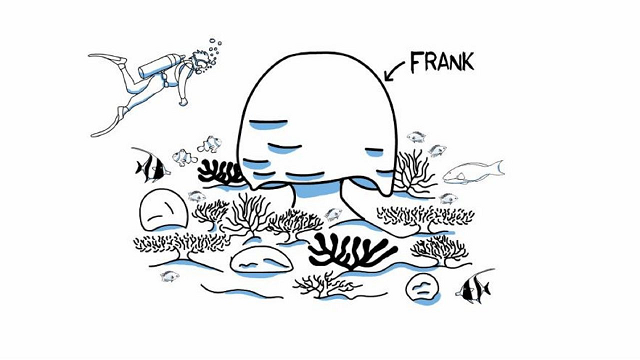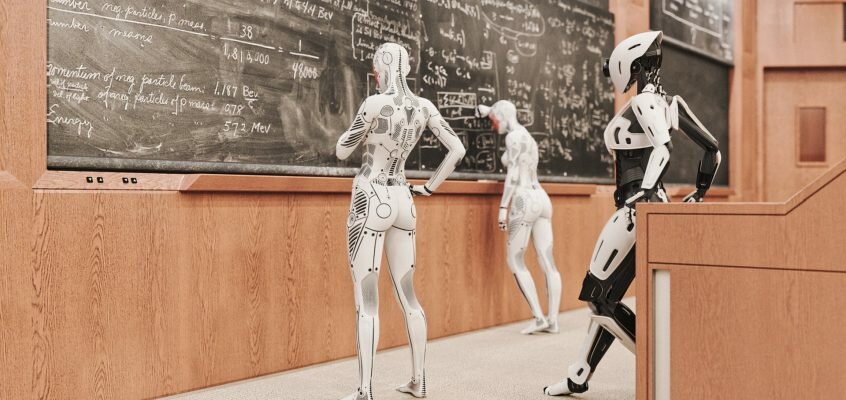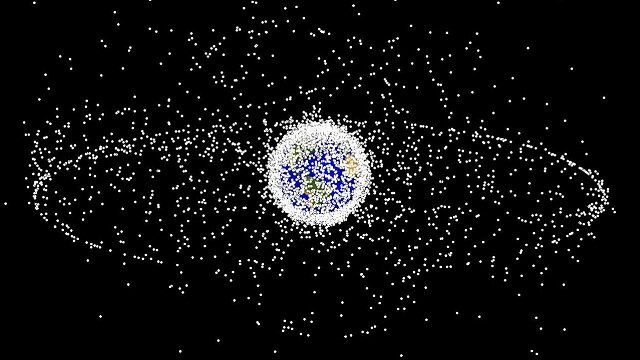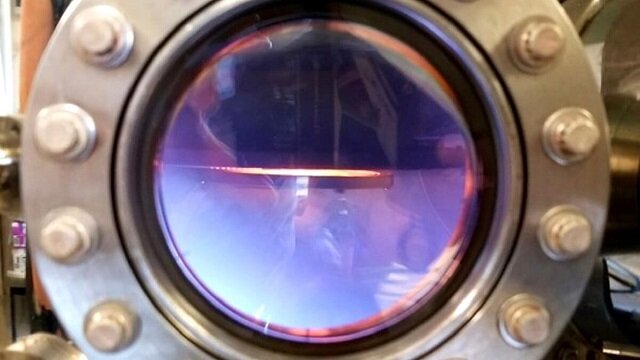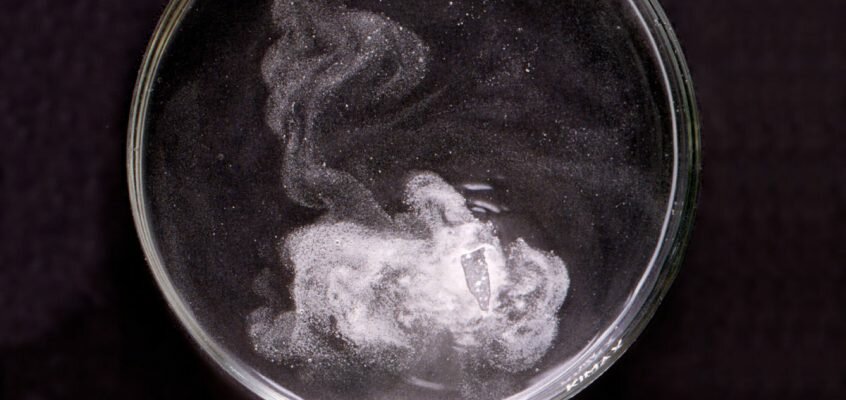Why are stars, planets and moons round?
Why the planets, stars and moons are all round (when) other large and small objects such as asteroids and meteorites are irregular shapes? Explore the shape and scale of bodies in our solar system in this article and fun hands-on … Continued
